Are you going to turn left or right? This is what every sailor is asking from others in marinas when sailing south on Portuguese coast towards the cape of Cabo de São Vicente. For us it was clear, our intention is to sail for many years in all the nooks and grannies of the Mediterranean Sea – thus we will turn left!
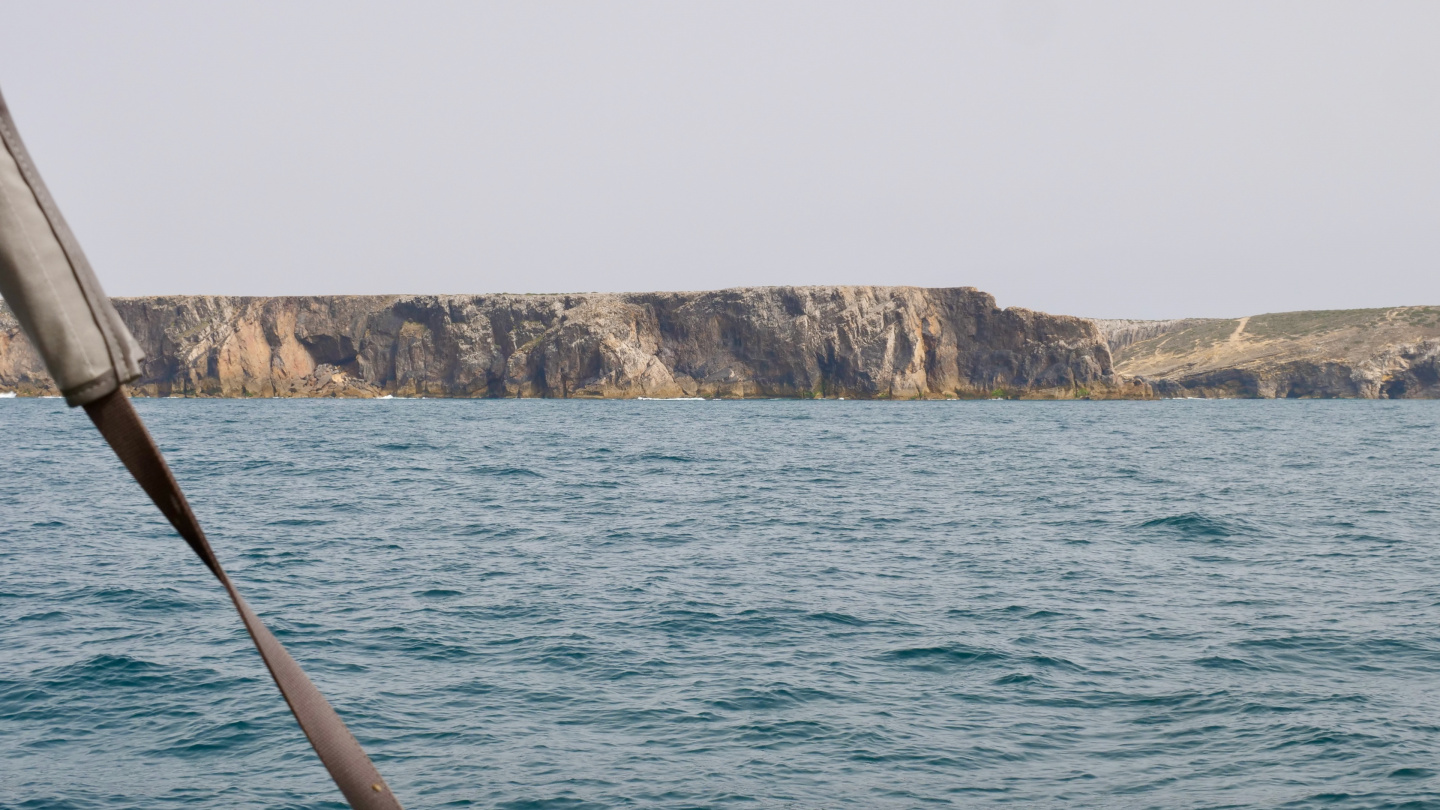
Cabo de São Vicente is the southwesternmost point of Portugal and the whole continental Europe. Being from Oulu in northeastern Europe I could not get any further from home while still being in Europe. Wow, it has been a long journey indeed.
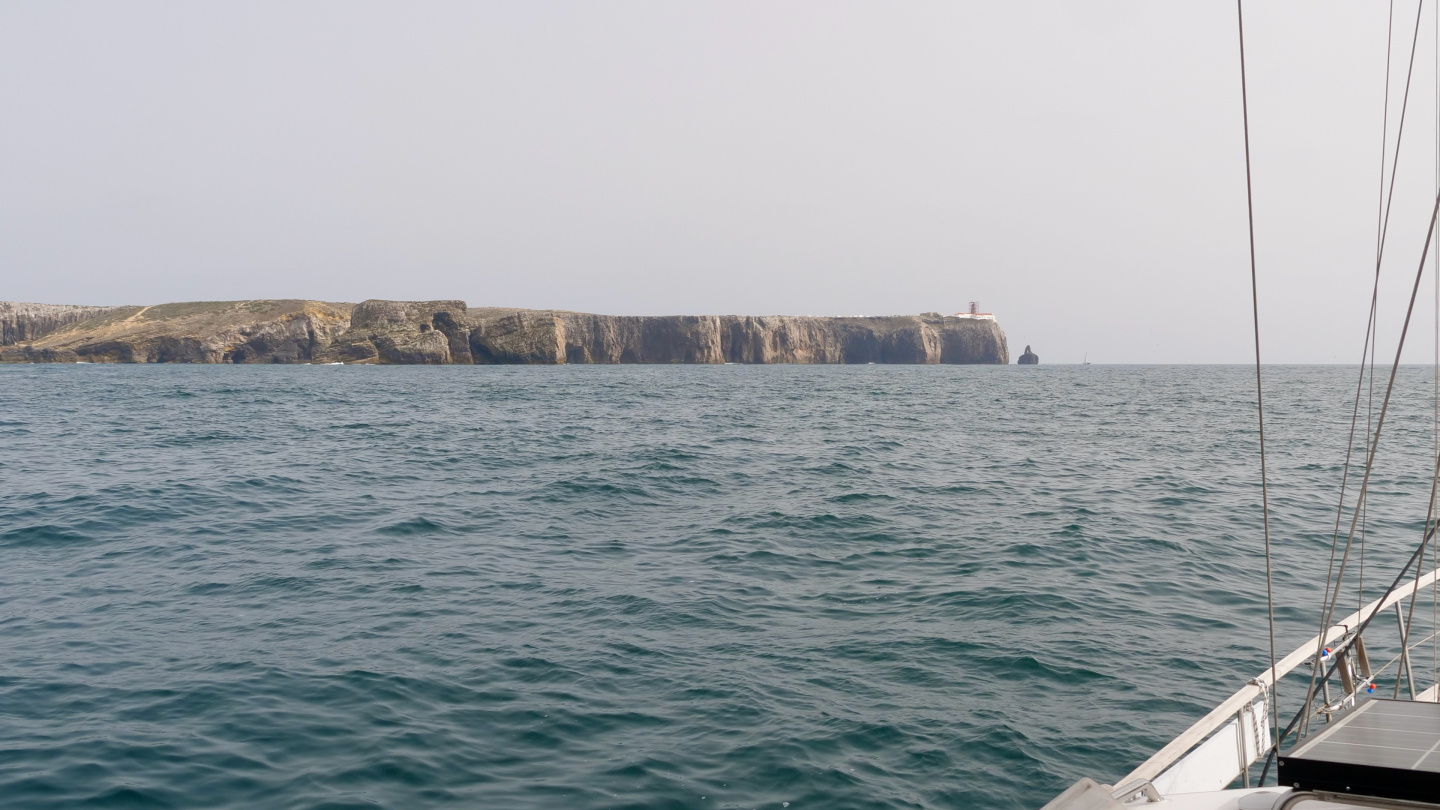
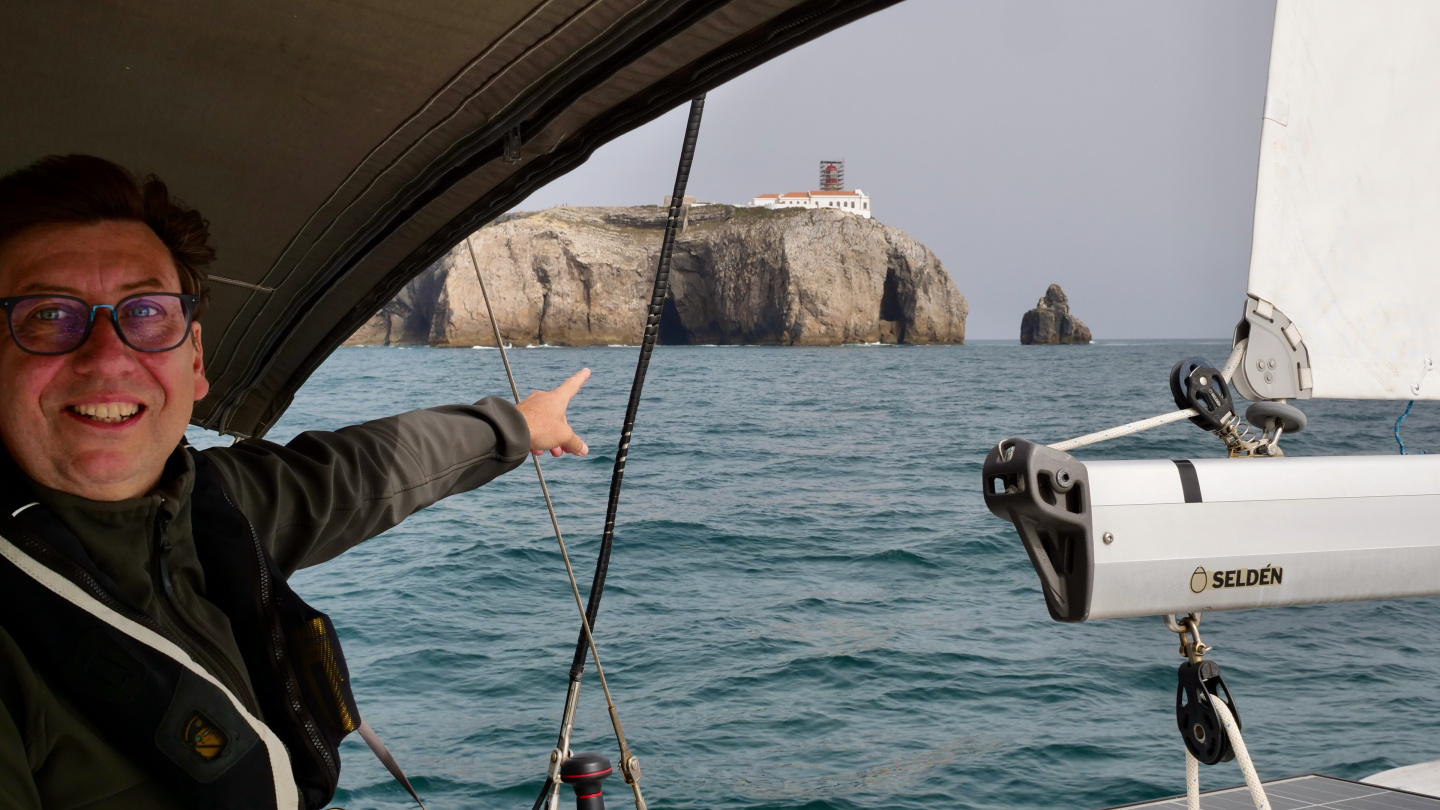
The scenery was rugged and beautiful as the 75-meter-tall vertical cliffs raise from the sea. No wonder why ancient people have thought that they have arrived at the end of the world when standing on the rocks of Cabo de São Vicente. Nowadays the end of the world and one of the busiest shipping lanes in the world is guarded by the lighthouse whose lens stand proudly at the height of 86 meters from the sea. Its beacon can be seen from the distance of 32 nautical miles that is 59 kilometers in landlubber units. The light is really important as number of ships passing there is enourmous. The traffic separation zone (TSS) around the cape has a total of five shipping lanes, three southbound and two northbound though which an unbelievable amount of goods are being moved around.
Immediately after the cape of São Vicente start the famous sandy beaches of Algarve. In theory you can anchor in front of any beach and dinghy ashore as needed. However, in practice all beaches are open to southern winds and swell and this creates conditions that range from small nuisance of a bit swaying to being utmost dangerous for the boat. Anyhow, there was only a light wind from northwest so we thought to find a cozy anchorage before continuing to Lagos. “Well, where shall we drop our hook?”
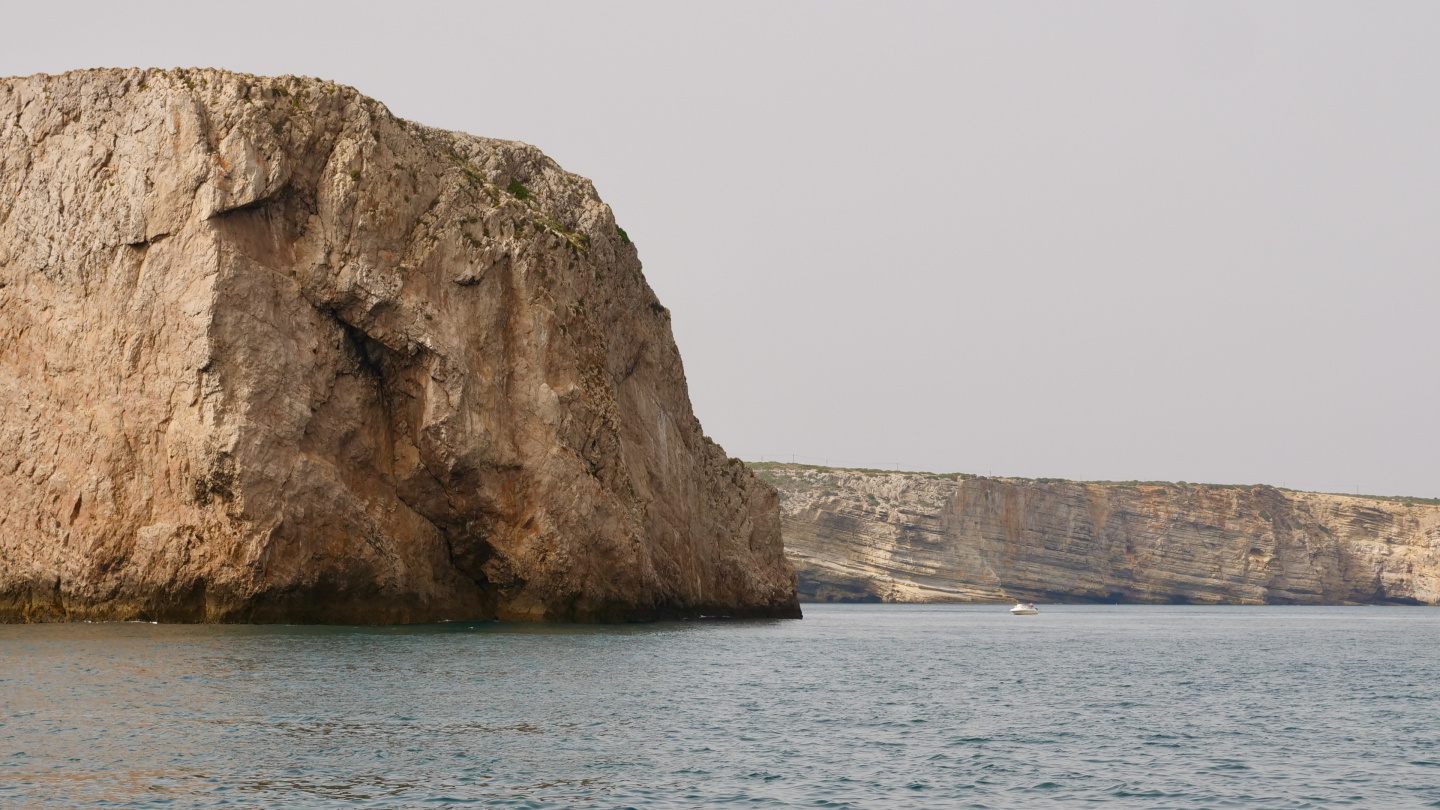
The first sandy beach Praia do Beliche looked like we were back in Scotland. Narrow bay opened between cliffs with sandy beach at the bottom of the bay. “Well, this looks nice but shall we keep looking?”
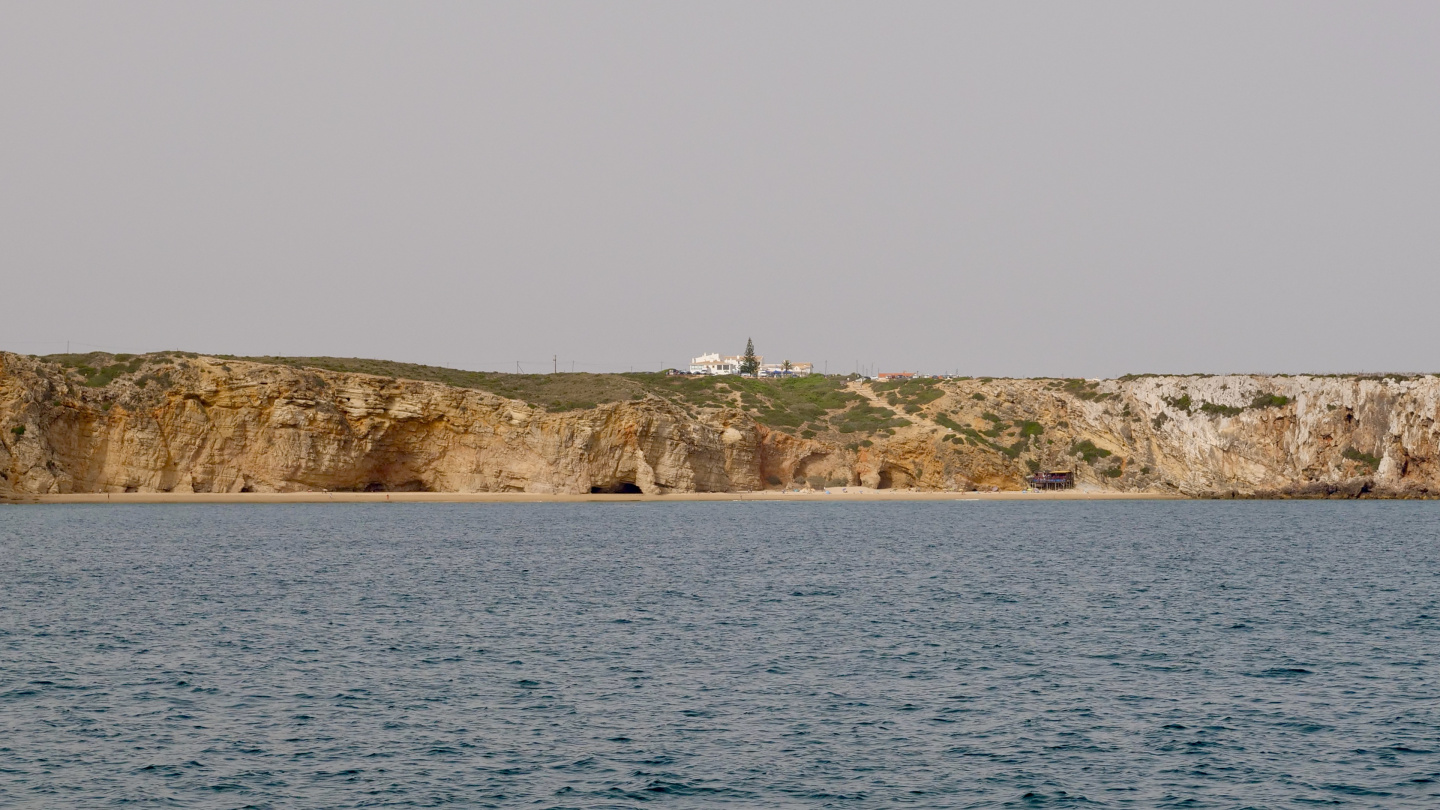
The second anchorage was in the bay of Sagres and looked like a nice option. Andrus drove a circle around the bay looking if there are any changes in wind or waves. Even if there was no wind at the time, we were sure that at some point the daily nortada will start blowing. Also, on the bay was a minuscule amount of swell coming from the Bay of Cadiz that is further in the east. Finally, he settled for the place on the eastern end of the bay that is well protected by cliffs in the eastern side. We were not worried about the nortada as beach was just on our north side.
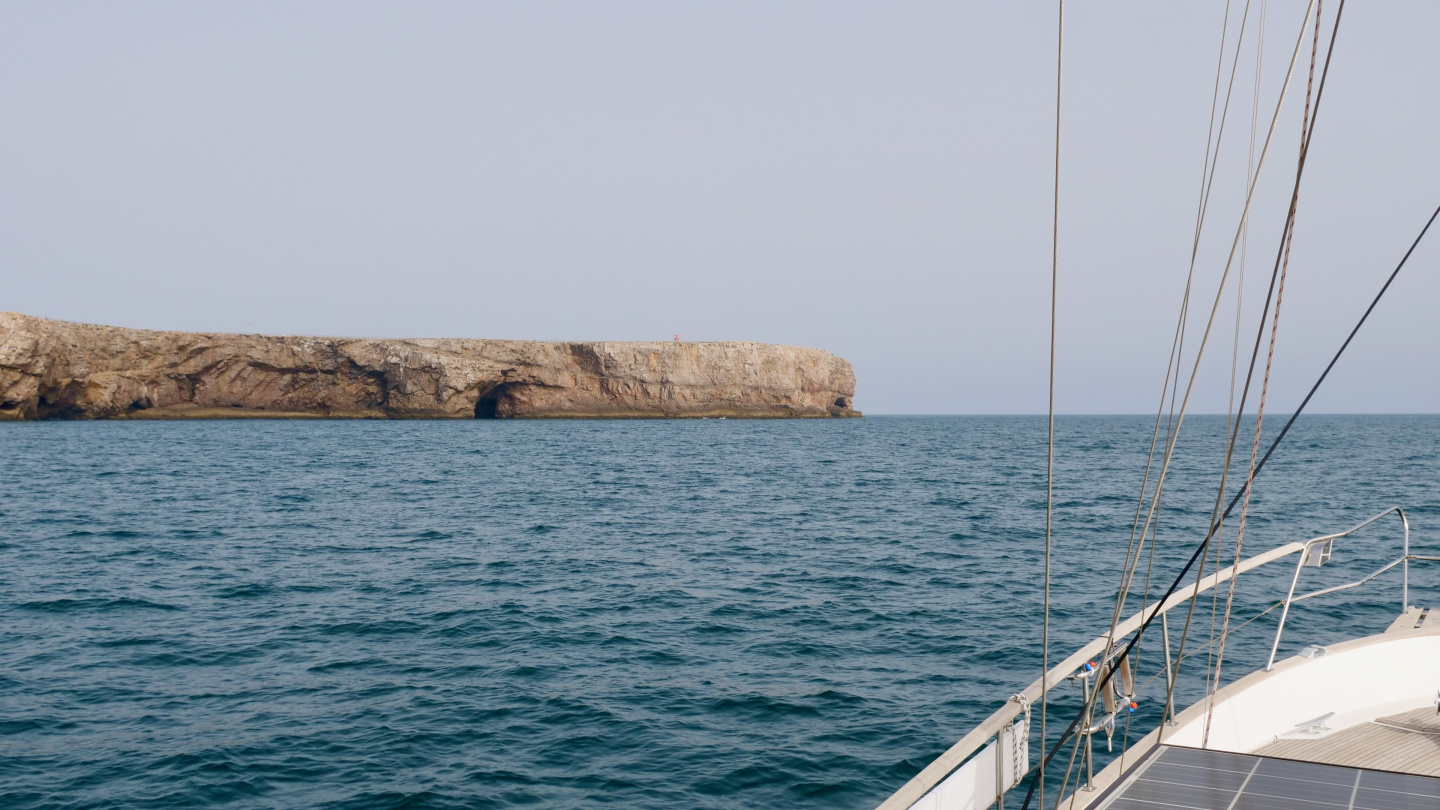
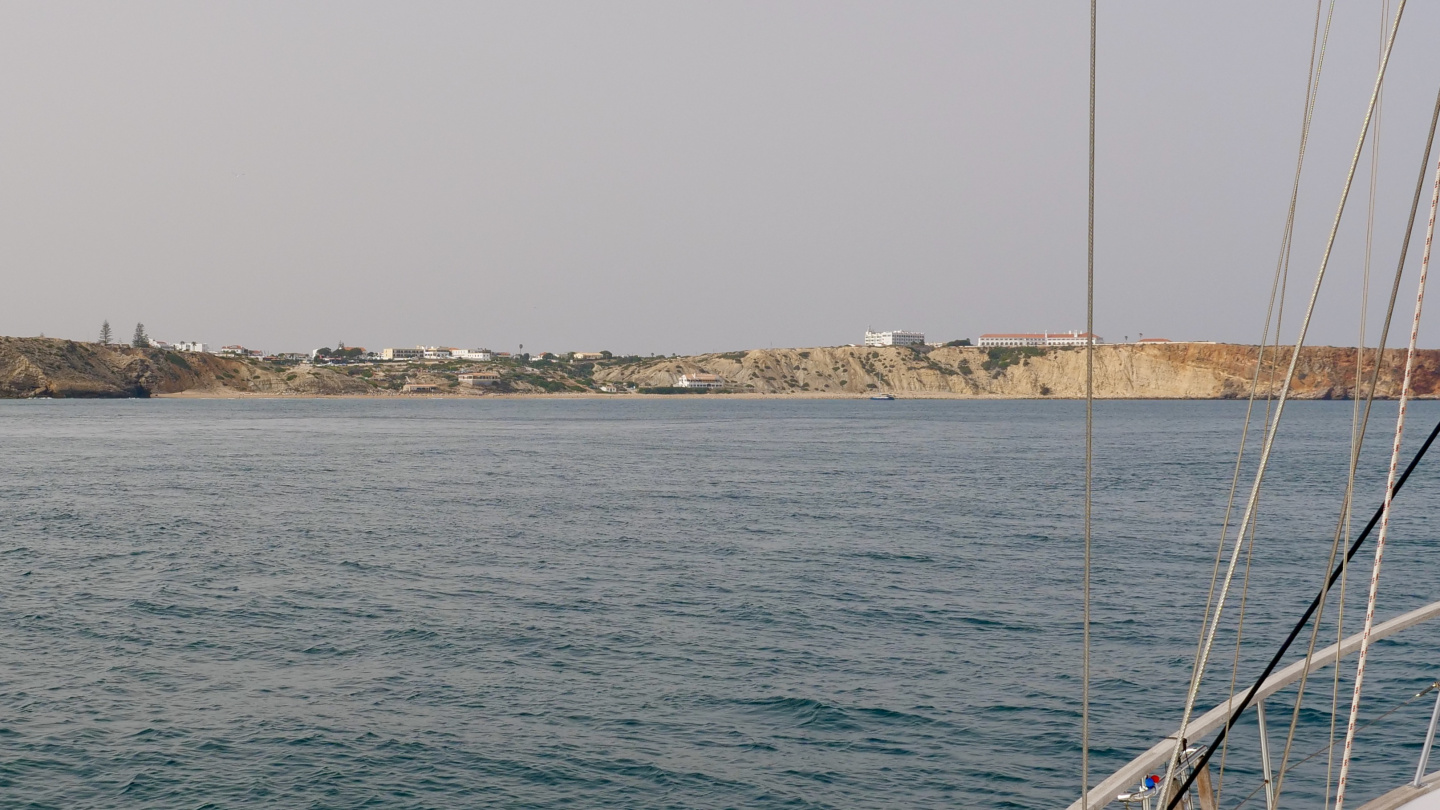
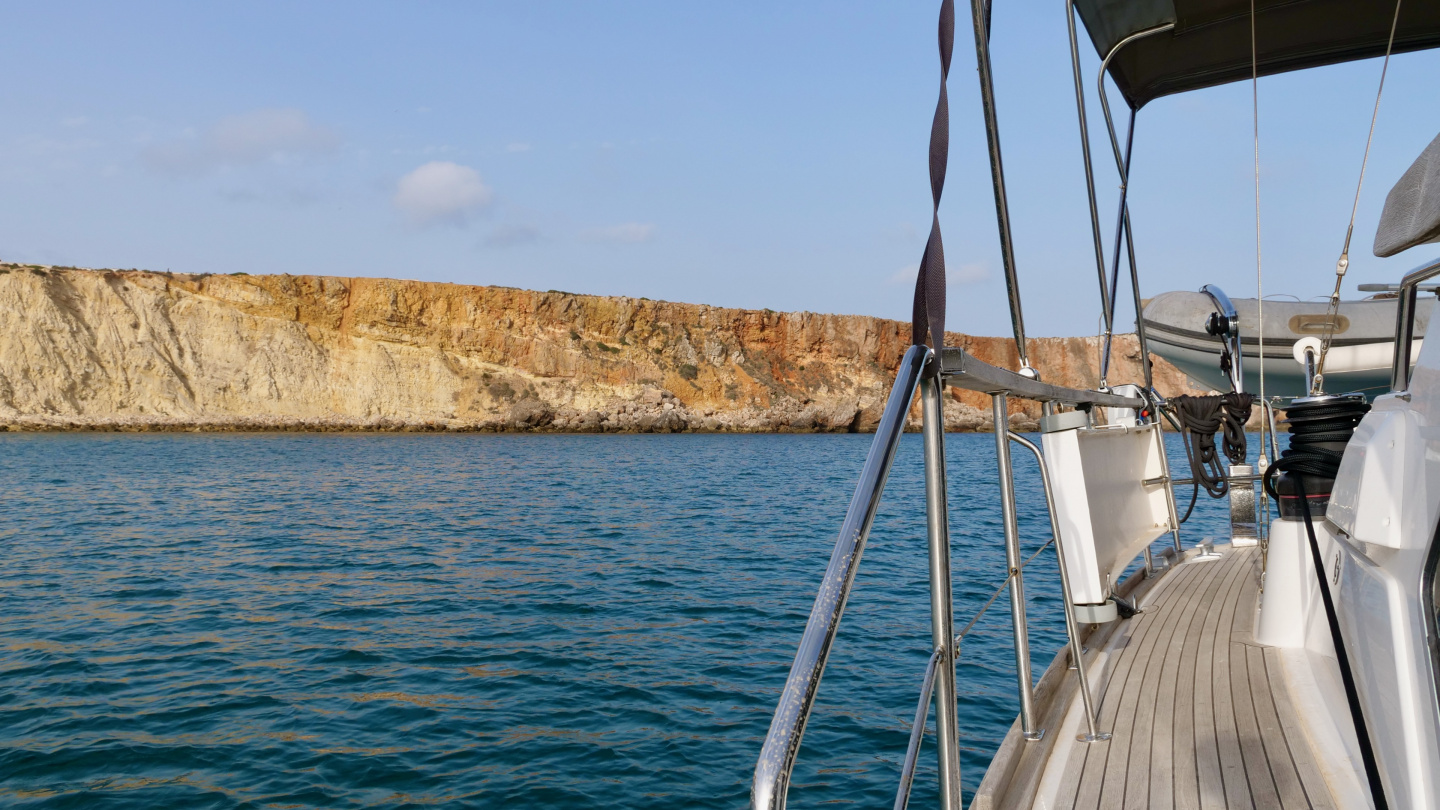
The first night was perfect, no movement of the boat at all. Only in the middle of the second night wind turned west and waves started to sway Suwena. Overall, we spent couple of extremely relaxing days in this anchorage.
There are two big beer brands in Portugal that together have over 90 % market share. One of them is Sagres that is named after the village of Sagres. The second one, brewed in the north close to Porto, is Super Bock. Can we say that we drank Sagres in Sagres? “Well, no, the anchor beer in the bilge of Suwena is definitely Super Bock 😊

